The modern digital landscape thrives on interconnected systems that communicate seamlessly across platforms, applications, and services. At the heart of this connectivity lies REST API architecture, a powerful yet elegant approach to building web services that has become the industry standard for everything from social media platforms to cryptocurrency exchanges. Understanding REST APIs is no longer optional for developers but essential for anyone building or integrating with web applications, particularly in rapidly evolving sectors like blockchain technology and digital asset management.
Decoding REST API Architecture
REST, an acronym for Representational State Transfer, represents an architectural style rather than a rigid protocol, giving developers flexibility while maintaining consistent principles. The architecture was introduced by Roy Fielding in his doctoral dissertation, establishing guidelines that have shaped how modern web services communicate. At its essence, REST API architecture treats everything as a resource that can be uniquely identified and manipulated through standard operations, creating an intuitive framework that mirrors how we naturally think about data and operations.
The architectural constraints of REST create systems that are scalable, maintainable, and performant. The client-server separation ensures that user interface concerns remain distinct from data storage concerns, allowing both to evolve independently. This separation proves particularly valuable in cryptocurrency applications where frontend trading interfaces need to iterate rapidly based on user feedback while backend systems handling blockchain data require stability and reliability. Token Metrics leverages this architectural principle in its crypto API design, providing developers with consistent access to sophisticated cryptocurrency analytics while continuously improving the underlying data processing infrastructure.
The stateless constraint requires that each request from client to server contains all information necessary to understand and process the request. The server maintains no client context between requests, instead relying on clients to include authentication credentials, resource identifiers, and operation parameters with every API call. This statelessness enables horizontal scaling, where additional servers can be added to handle increased load without complex session synchronization. For cryptocurrency APIs serving global markets with thousands of concurrent users querying market data, this architectural decision becomes critical to maintaining performance and availability.
Cacheability forms another foundational constraint in REST architecture, requiring that responses explicitly indicate whether they can be cached. This constraint improves performance and scalability by reducing the number of client-server interactions needed. In crypto APIs, distinguishing between frequently changing data like real-time cryptocurrency prices and relatively stable data like historical trading volumes enables intelligent caching strategies that balance freshness with performance. Token Metrics implements sophisticated caching mechanisms throughout its cryptocurrency API infrastructure, ensuring that developers receive rapid responses while maintaining data accuracy for time-sensitive trading decisions.
Core HTTP Methods and Their Applications
Understanding HTTP methods represents the cornerstone of effective REST API usage, as these verbs define the operations that clients can perform on resources. The GET method retrieves resource representations without modifying server state, making it safe and idempotent. In cryptocurrency APIs, GET requests fetch market data, retrieve token analytics, query blockchain transactions, or access portfolio information. The idempotent nature of GET means that multiple identical requests produce the same result, allowing for safe retries and caching without unintended side effects.
The POST method creates new resources on the server, typically returning the newly created resource's location and details in the response. When building crypto trading applications, POST requests might submit new orders, create alerts, or register webhooks for market notifications. Unlike GET, POST requests are neither safe nor idempotent, meaning multiple identical POST requests could create multiple resources. Understanding this distinction helps developers implement appropriate error handling and confirmation workflows in their cryptocurrency applications.
PUT requests update existing resources by replacing them entirely with the provided representation. The idempotent nature of PUT ensures that repeating the same update request produces the same final state, regardless of how many times it executes. In blockchain APIs, PUT might update user preferences, modify trading strategy parameters, or adjust portfolio allocations. The complete replacement semantics of PUT require clients to provide all resource fields, even if only updating a subset of values, distinguishing it from PATCH operations.
The PATCH method provides partial updates to resources, modifying only specified fields while leaving others unchanged. This granular control proves valuable when updating complex resources where clients want to modify specific attributes without retrieving and replacing entire resource representations. For cryptocurrency portfolio management APIs, PATCH enables updating individual asset allocations or adjusting specific trading parameters without affecting other settings. DELETE removes resources from the server, completing the standard CRUD operations that map naturally to database operations and resource lifecycle management.
REST API Security Fundamentals
Security in REST API design begins with authentication, the process of verifying user identity before granting access to protected resources. Multiple authentication mechanisms exist for REST APIs, each with distinct characteristics and use cases. Basic authentication transmits credentials with each request, simple to implement but requiring HTTPS to prevent credential exposure. Token-based authentication using JSON Web Tokens has emerged as the preferred approach for modern APIs, providing secure, stateless authentication that scales effectively across distributed systems.
OAuth 2.0 provides a comprehensive authorization framework particularly suited for scenarios where third-party applications need limited access to user resources without receiving actual credentials. In the cryptocurrency ecosystem, OAuth enables portfolio tracking apps to access user holdings across multiple exchanges, trading bots to execute strategies without accessing withdrawal capabilities, and analytics platforms to retrieve transaction history while maintaining security. Token Metrics implements robust OAuth 2.0 support in its crypto API, allowing developers to build sophisticated applications that leverage Token Metrics intelligence while maintaining strict security boundaries.
API key authentication offers a straightforward mechanism for identifying and authorizing API clients, particularly appropriate for server-to-server communications where user context is less relevant. Generating unique API keys for each client application enables granular access control and usage tracking. For cryptocurrency APIs, combining API keys with IP whitelisting provides additional security layers, ensuring that even if keys are compromised, they cannot be used from unauthorized locations. Proper API key rotation policies and secure storage practices prevent keys from becoming long-term security liabilities.
Transport layer security through HTTPS encryption protects data in transit, preventing man-in-the-middle attacks and eavesdropping. This protection becomes non-negotiable for cryptocurrency APIs where intercepted requests could expose trading strategies, portfolio holdings, or authentication credentials. Beyond transport encryption, sensitive data stored in databases or cached in memory requires encryption at rest, ensuring comprehensive protection throughout the data lifecycle. Token Metrics employs end-to-end encryption across its crypto API infrastructure, protecting proprietary algorithms, user data, and sensitive market intelligence from unauthorized access.
API Versioning Strategies and Implementation
Versioning enables REST APIs to evolve without breaking existing client integrations, a critical capability for long-lived APIs supporting diverse client applications. URI versioning embeds the version number directly in the endpoint path, creating explicit, easily discoverable version indicators. A cryptocurrency API might expose endpoints like /api/v1/cryptocurrencies/bitcoin/price and /api/v2/cryptocurrencies/bitcoin/price, allowing old and new clients to coexist peacefully. This approach provides maximum clarity and simplicity, making it the most widely adopted versioning strategy.
Header-based versioning places version information in custom HTTP headers rather than URIs, keeping endpoint paths clean and emphasizing that different versions represent the same conceptual resource. Clients specify their desired API version through headers like API-Version: 2 or Accept: application/vnd.tokenmetrics.v2+json. While this approach maintains cleaner URLs, it makes API versions less discoverable and complicates testing since headers are less visible than path components. For cryptocurrency APIs where trading bots and automated systems consume endpoints programmatically, the clarity of URI versioning often outweighs the aesthetic benefits of header-based approaches.
Content negotiation through Accept headers allows clients to request specific response formats or versions, leveraging HTTP's built-in content negotiation mechanisms. This approach treats different API versions as different representations of the same resource, aligning well with REST principles. However, implementation complexity and reduced discoverability have limited its adoption compared to URI versioning. Token Metrics maintains clear versioning in its cryptocurrency API, ensuring that developers can rely on stable endpoints while the platform continues evolving with new features, data sources, and analytical capabilities.
Deprecation policies govern how long old API versions remain supported and what notice clients receive before version retirement. Responsible API providers announce deprecations well in advance, provide migration guides, and maintain overlapping version support during transition periods. For crypto APIs where trading systems might run unattended for extended periods, generous deprecation timelines prevent unexpected failures that could result in missed trading opportunities or financial losses. Clear communication channels for version updates and deprecation notices help developers plan migrations and maintain system reliability.
Request and Response Design Patterns
Well-designed REST API requests and responses create intuitive interfaces that developers can understand and use effectively. Request design begins with meaningful URI structures that use nouns to represent resources and HTTP methods to indicate operations. Rather than encoding actions in URIs like /api/getCryptocurrencyPrice, REST APIs prefer resource-oriented URIs like /api/cryptocurrencies/bitcoin/price where the HTTP method conveys intent. This convention creates self-documenting APIs that follow predictable patterns across all endpoints.
Query parameters enable filtering, sorting, pagination, and field selection, allowing clients to request exactly the data they need. A cryptocurrency market data API might support queries like /api/cryptocurrencies?marketcap_min=1000000000&sort=volume_desc&limit=50 to retrieve the top 50 cryptocurrencies by trading volume with market capitalizations above one billion. Supporting flexible query parameters reduces the number of specialized endpoints needed while giving clients fine-grained control over responses. Token Metrics provides extensive query capabilities in its crypto API, enabling developers to filter and sort through comprehensive cryptocurrency data to find exactly the insights they need.
Response design focuses on providing consistent, well-structured data that clients can parse reliably. JSON has become the de facto standard for REST API responses, offering a balance of human readability and machine parsability. Consistent property naming conventions, typically camelCase or snake_case used uniformly across all endpoints, eliminate confusion and reduce integration errors. Including metadata like pagination information, request timestamps, and data freshness indicators helps clients understand and properly utilize responses.
HTTP status codes communicate request outcomes, with the first digit indicating the general category of response. Success responses in the 200 range include 200 for successful requests, 201 for successful resource creation, and 204 for successful operations returning no content. Client error responses in the 400 range signal problems with the request, including 400 for malformed requests, 401 for authentication failures, 403 for authorization denials, 404 for missing resources, and 429 for rate limit violations. Server error responses in the 500 range indicate problems on the server side. Proper use of status codes enables intelligent error handling in client applications.
Rate Limiting and Resource Management
Rate limiting protects REST APIs from abuse and ensures equitable resource distribution among all consumers. Implementing rate limits prevents individual clients from monopolizing server resources, maintains consistent performance for all users, and protects against denial-of-service attacks. For cryptocurrency APIs where market volatility can trigger massive traffic spikes, rate limiting prevents system overload while maintaining service availability. Different rate limiting strategies address different scenarios and requirements.
Fixed window rate limiting counts requests within discrete time windows, resetting counters at window boundaries. This straightforward approach makes it easy to communicate limits like "1000 requests per hour" but can allow burst traffic at window boundaries. Sliding window rate limiting provides smoother traffic distribution by considering rolling time periods, though with increased implementation complexity. Token bucket algorithms offer the most flexible approach, allowing burst capacity while maintaining average rate constraints over time.
Tiered rate limits align with different user segments and use cases, offering higher limits to paying customers or trusted partners while maintaining lower limits for anonymous or free-tier users. Token Metrics implements sophisticated tiered rate limiting across its cryptocurrency API plans, balancing accessibility for developers exploring the platform with the need to maintain system performance and reliability. Developer tiers might support hundreds of requests per minute for prototyping, while enterprise plans provide substantially higher limits suitable for production trading systems.
Rate limit communication through response headers keeps clients informed about their consumption and remaining quota. Standard headers like X-RateLimit-Limit, X-RateLimit-Remaining, and `X-RateLimit-Reset provide transparent visibility into rate limit status, enabling clients to throttle their requests proactively. For crypto trading applications making time-sensitive market data requests, understanding rate limit status prevents throttling during critical market moments and enables intelligent request scheduling.
Error Handling and Resilience
Comprehensive error handling distinguishes professional REST APIs from amateur implementations, particularly in cryptocurrency applications where clear diagnostics enable rapid issue resolution. Error responses should provide multiple layers of information including HTTP status codes for machine processing, error codes for specific error identification, human-readable messages for developer understanding, and actionable guidance for resolution. Structured error responses following consistent formats enable clients to implement robust error handling logic.
Client errors in the 400 range typically indicate problems the client can fix by modifying their request. Detailed error messages should specify which parameters are invalid, what constraints were violated, and how to construct valid requests. For cryptocurrency APIs, distinguishing between unknown cryptocurrency symbols, invalid date ranges, malformed addresses, and insufficient permissions enables clients to implement appropriate error recovery strategies. Token Metrics provides detailed error responses throughout its crypto API, helping developers quickly identify and resolve integration issues.
Server errors require different handling since clients cannot directly resolve the underlying problems. Implementing retry logic with exponential backoff helps handle transient failures without overwhelming recovering systems. Circuit breaker patterns prevent cascading failures by temporarily suspending requests to failing dependencies, allowing them time to recover. For blockchain APIs aggregating data from multiple sources, implementing fallback mechanisms ensures partial functionality continues even when individual data sources experience disruptions.
Validation occurs at multiple levels, from basic format validation of request parameters to business logic validation of operation feasibility. Early validation provides faster feedback and prevents unnecessary processing of invalid requests. For crypto trading APIs, validation might check that order quantities exceed minimum trade sizes, trading pairs are valid and actively traded, and users have sufficient balances before attempting trade execution. Comprehensive validation reduces error rates and improves user experience.
Performance Optimization Techniques
Performance optimization begins with database query efficiency, as database operations typically dominate API response times. Proper indexing strategies ensure that queries retrieving cryptocurrency market data, token analytics, or blockchain transactions execute quickly even as data volumes grow. Connection pooling prevents the overhead of establishing new database connections for each request, particularly important for high-traffic crypto APIs serving thousands of concurrent users.
Caching strategies dramatically improve performance by storing computed results or frequently accessed data in fast-access memory. Distinguishing between different cache invalidation requirements enables optimized caching policies. Cryptocurrency price data might cache for seconds due to rapid changes, while historical data can cache for hours or days. Token Metrics implements multi-level caching throughout its crypto API infrastructure, including application-level caching, database query result caching, and CDN caching for globally distributed access.
Pagination prevents overwhelming clients and servers with massive response payloads. Cursor-based pagination provides consistent results even as underlying data changes, important for cryptocurrency market data where new transactions and price updates arrive constantly. Limit-offset pagination offers simpler implementation but can produce inconsistent results across pages if data changes during pagination. Supporting configurable page sizes lets clients balance between number of requests and response size based on their specific needs.
Asynchronous processing offloads time-consuming operations from request-response cycles, improving API responsiveness. For complex cryptocurrency analytics that might require minutes to compute, accepting requests and returning job identifiers enables clients to poll for results or receive webhook notifications upon completion. This pattern allows APIs to acknowledge requests immediately while processing continues in the background, preventing timeout failures and improving perceived performance.
Testing and Quality Assurance
Testing REST APIs requires comprehensive strategies covering functionality, performance, security, and reliability. Unit tests validate individual endpoint behaviors, ensuring request parsing, business logic, and response formatting work correctly in isolation. For cryptocurrency APIs, unit tests verify that price calculations, technical indicator computations, and trading signal generation functions correctly across various market conditions and edge cases.
Integration tests validate how API components work together and interact with external dependencies like databases, blockchain nodes, and third-party data providers. Testing error handling, timeout scenarios, and fallback mechanisms ensures APIs gracefully handle infrastructure failures. Token Metrics maintains rigorous testing protocols for its cryptocurrency API, ensuring that developers receive accurate, reliable market data even when individual data sources experience disruptions or delays.
Contract testing ensures that APIs adhere to documented specifications and maintain backward compatibility across versions. Consumer-driven contract testing validates that APIs meet the specific needs of consuming applications, catching breaking changes before they impact production systems. For crypto APIs supporting diverse clients from mobile apps to trading bots, contract testing prevents regressions that could break existing integrations.
Performance testing validates API behavior under load, identifying bottlenecks and capacity limits before they impact production users. Load testing simulates normal traffic patterns, stress testing pushes systems beyond expected capacity, and soak testing validates sustained operation over extended periods. For cryptocurrency APIs where market events can trigger massive traffic spikes, understanding system behavior under various load conditions enables capacity planning and infrastructure optimization.
Documentation and Developer Experience
Exceptional documentation serves as the primary interface between API providers and developers, dramatically impacting adoption and successful integration. Comprehensive documentation includes conceptual overviews explaining the API's purpose and architecture, getting started guides walking developers through initial integration, detailed endpoint references documenting all available operations, and code examples demonstrating common use cases in multiple programming languages.
Interactive documentation tools like Swagger UI or Redoc enable developers to explore and test endpoints directly from documentation pages, dramatically reducing time from discovery to first successful API call. For cryptocurrency APIs, providing pre-configured examples for common queries like retrieving Bitcoin prices, analyzing trading volumes, or fetching token ratings accelerates integration and helps developers understand response structures. Token Metrics offers extensive API documentation covering its comprehensive cryptocurrency analytics platform, including detailed guides for accessing token grades, market predictions, sentiment analysis, and technical indicators.
SDK development provides language-native interfaces abstracting HTTP request details and response parsing. Official SDKs for Python, JavaScript, Java, and other popular languages accelerate integration and reduce implementation errors. For crypto APIs, SDKs can handle authentication, request signing, rate limiting, error retry logic, and response pagination automatically, allowing developers to focus on building features rather than managing HTTP communications.
Real-World Applications and Use Cases
Cryptocurrency exchanges represent one of the most demanding use cases for REST APIs, requiring high throughput, low latency, and absolute reliability. Trading APIs enable programmatic order placement, portfolio management, and market data access, supporting both manual trading through web and mobile interfaces and automated trading through bots and algorithms. The financial stakes make security, accuracy, and availability paramount concerns that drive architectural decisions.
Blockchain explorers and analytics platforms leverage REST APIs to provide searchable, queryable access to blockchain data. Rather than requiring every application to run full blockchain nodes and parse raw blockchain data, these APIs provide convenient interfaces for querying transactions, addresses, blocks, and smart contract events. Token Metrics provides comprehensive blockchain API access integrated with advanced analytics, enabling developers to combine raw blockchain data with sophisticated market intelligence and AI-driven insights.
Portfolio management applications aggregate data from multiple sources through REST APIs, providing users with unified views of their cryptocurrency holdings across exchanges, wallets, and blockchain networks. These applications depend on reliable crypto APIs delivering accurate balance information, transaction history, and real-time valuations. The complexity of tracking assets across dozens of blockchain networks and hundreds of exchanges necessitates robust API infrastructure that handles failures gracefully and maintains data consistency.
Emerging Trends and Future Directions
The evolution of REST APIs continues as new technologies and requirements emerge. GraphQL offers an alternative approach addressing some REST limitations, particularly around fetching nested resources and minimizing overfetching or underfetching of data. While GraphQL has gained adoption, REST remains dominant due to its simplicity, caching characteristics, and broad tooling support. Understanding how these technologies complement each other helps developers choose appropriate solutions for different scenarios.
Artificial intelligence integration within APIs themselves represents a frontier where APIs become more intelligent and adaptive. Machine learning models embedded in cryptocurrency APIs can personalize responses, detect anomalies, predict user needs, and provide proactive insights. Token Metrics leads this convergence, embedding AI-powered analytics directly into its crypto API, enabling developers to access sophisticated market predictions and trading signals through simple REST endpoints.
WebSocket and Server-Sent Events complement REST APIs for real-time data streaming. While REST excels at request-response patterns, WebSocket connections enable bidirectional real-time communication ideal for cryptocurrency price streams, live trading activity, and instant market alerts. Modern crypto platforms combine REST APIs for standard operations with WebSocket streams for real-time updates, leveraging the strengths of each approach.
Evaluating and Selecting REST APIs
Evaluating REST APIs for integration requires assessing multiple dimensions beyond basic functionality. Documentation quality directly impacts integration speed and ongoing maintenance, with comprehensive, accurate documentation reducing development time significantly. For cryptocurrency APIs, documentation should address domain-specific scenarios like handling blockchain reorganizations, dealing with stale data, and implementing proper error recovery for trading operations.
Performance characteristics including response times, rate limits, and reliability metrics determine whether an API can support production workloads. Trial periods and sandbox environments enable realistic testing before committing to specific providers. Token Metrics offers comprehensive trial access to its cryptocurrency API, allowing developers to evaluate data quality, response times, and feature completeness before integration decisions.
Pricing structures and terms of service require careful evaluation, particularly for cryptocurrency applications where usage can scale dramatically during market volatility. Understanding rate limits, overage charges, and upgrade paths prevents unexpected costs or service disruptions. Transparent pricing and flexible plans that scale with application growth indicate mature, developer-friendly API providers.
Conclusion
Understanding REST API architecture, security principles, and best practices empowers developers to build robust, scalable applications and make informed decisions when integrating external services. From HTTP methods and status codes to versioning strategies and performance optimization, each aspect contributes to creating APIs that developers trust and applications that deliver value. The principles of REST architecture have proven remarkably durable, adapting to new technologies and requirements while maintaining the core characteristics that made REST successful.
In the cryptocurrency and blockchain space, REST APIs provide essential infrastructure connecting developers to market data, trading functionality, and analytical intelligence. Token Metrics exemplifies excellence in crypto API design, offering comprehensive cryptocurrency analytics, AI-powered market predictions, and real-time blockchain data through a secure, performant, well-documented RESTful interface. Whether building cryptocurrency trading platforms, portfolio management tools, or analytical applications, understanding REST APIs and leveraging powerful crypto APIs like those offered by Token Metrics accelerates development and enhances application capabilities.
As technology evolves and the cryptocurrency ecosystem matures, REST APIs will continue adapting while maintaining the fundamental principles of simplicity, scalability, and reliability that have made them indispensable. Developers who invest in deeply understanding REST architecture position themselves to build innovative applications that leverage the best of modern API design and emerging technologies, creating the next generation of solutions that drive our increasingly connected digital economy forward.

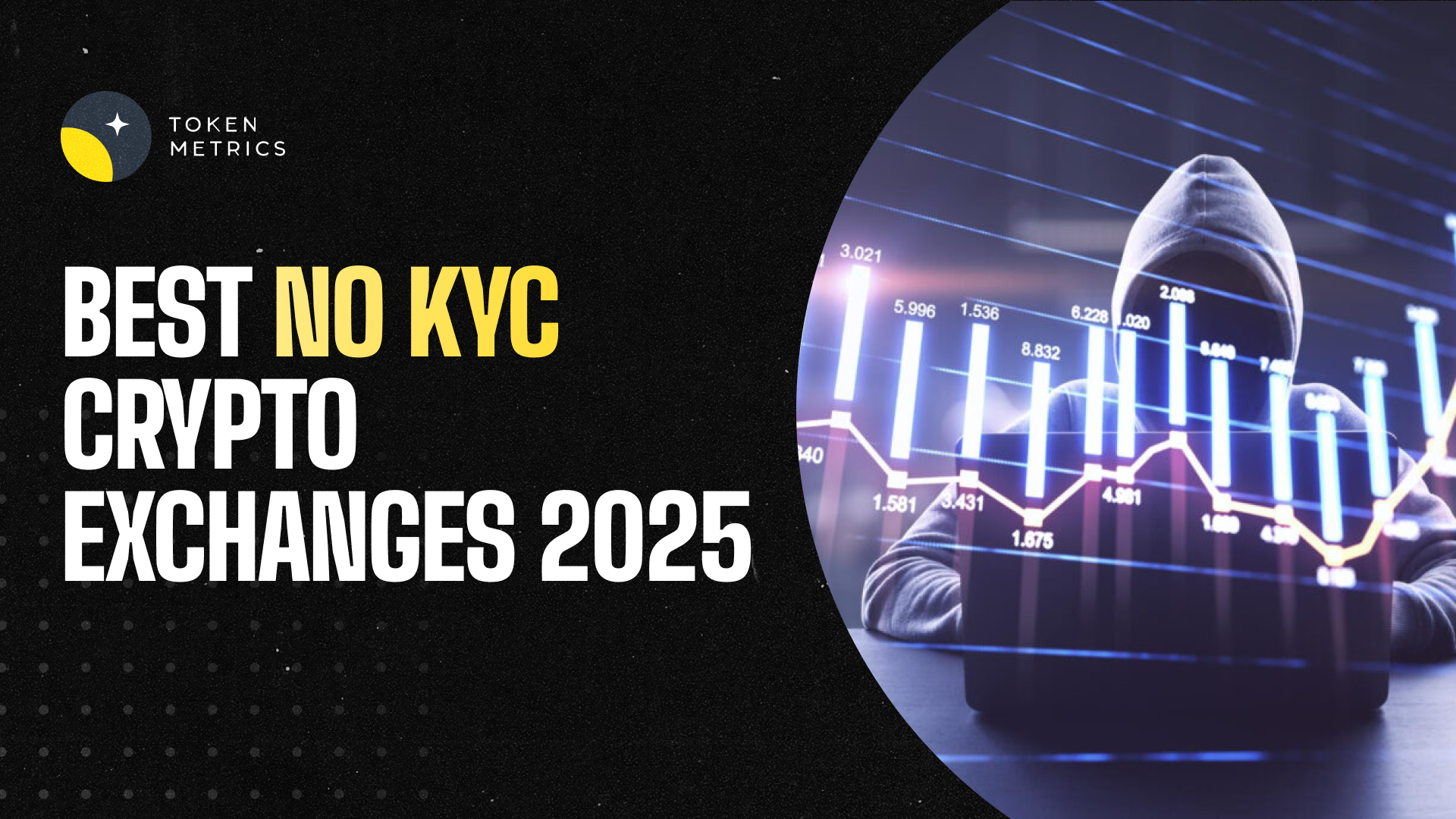


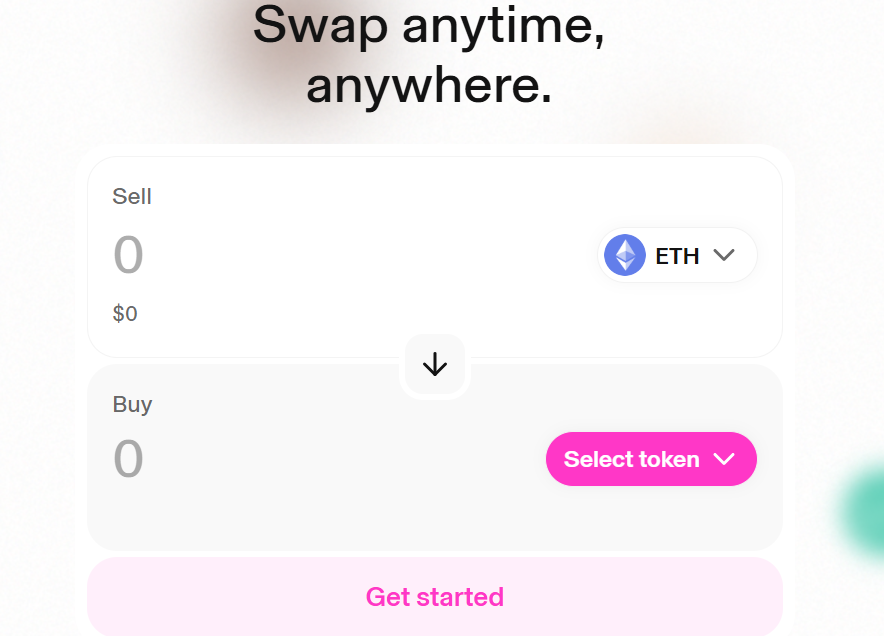
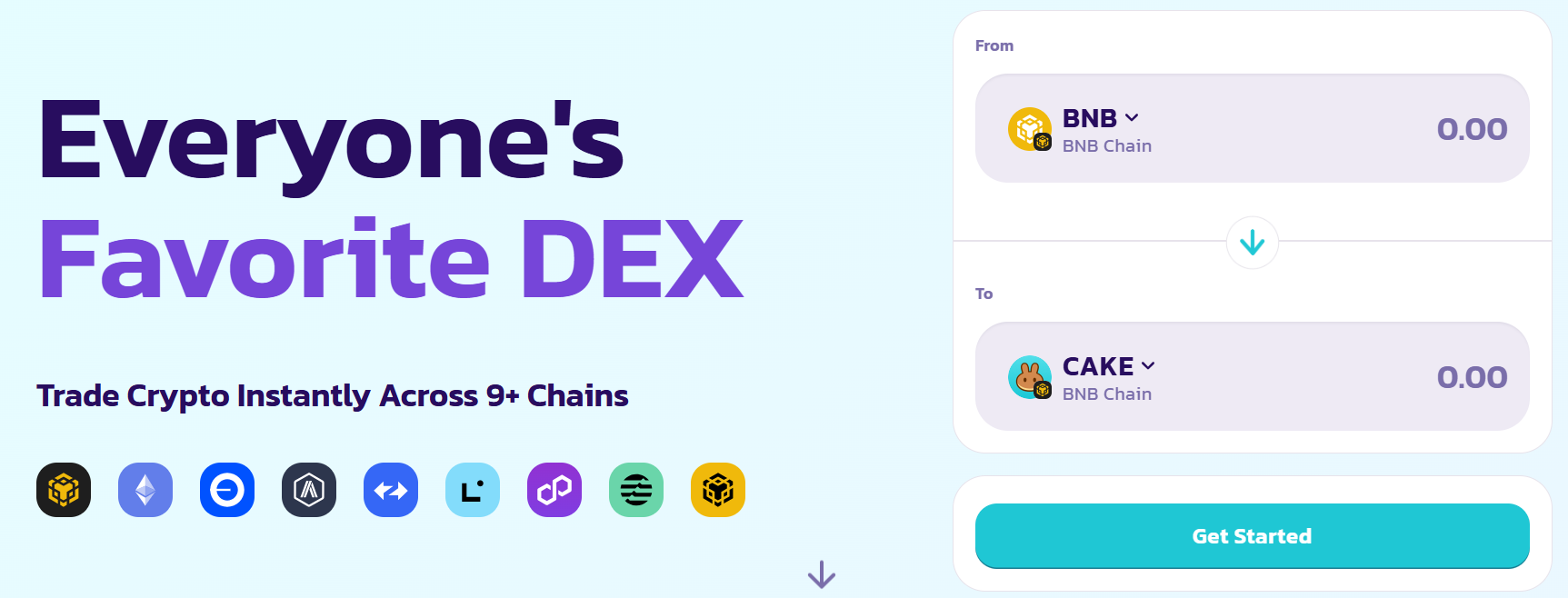


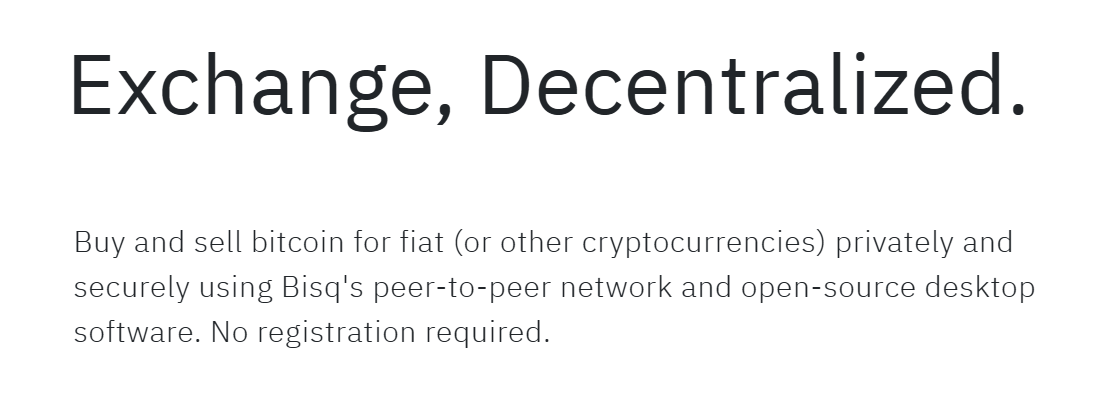
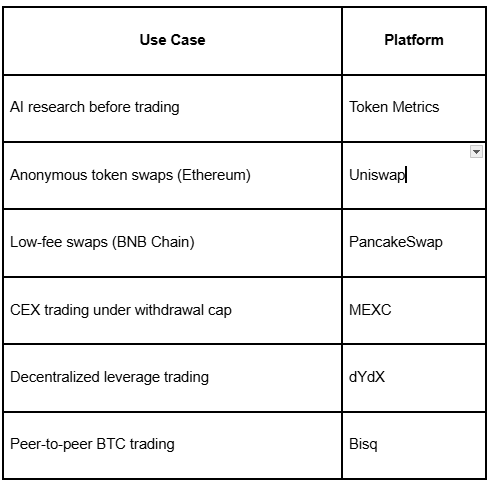

.svg)


.png)




%201.svg)
%201.svg)


%201.svg)









.svg)




.png)